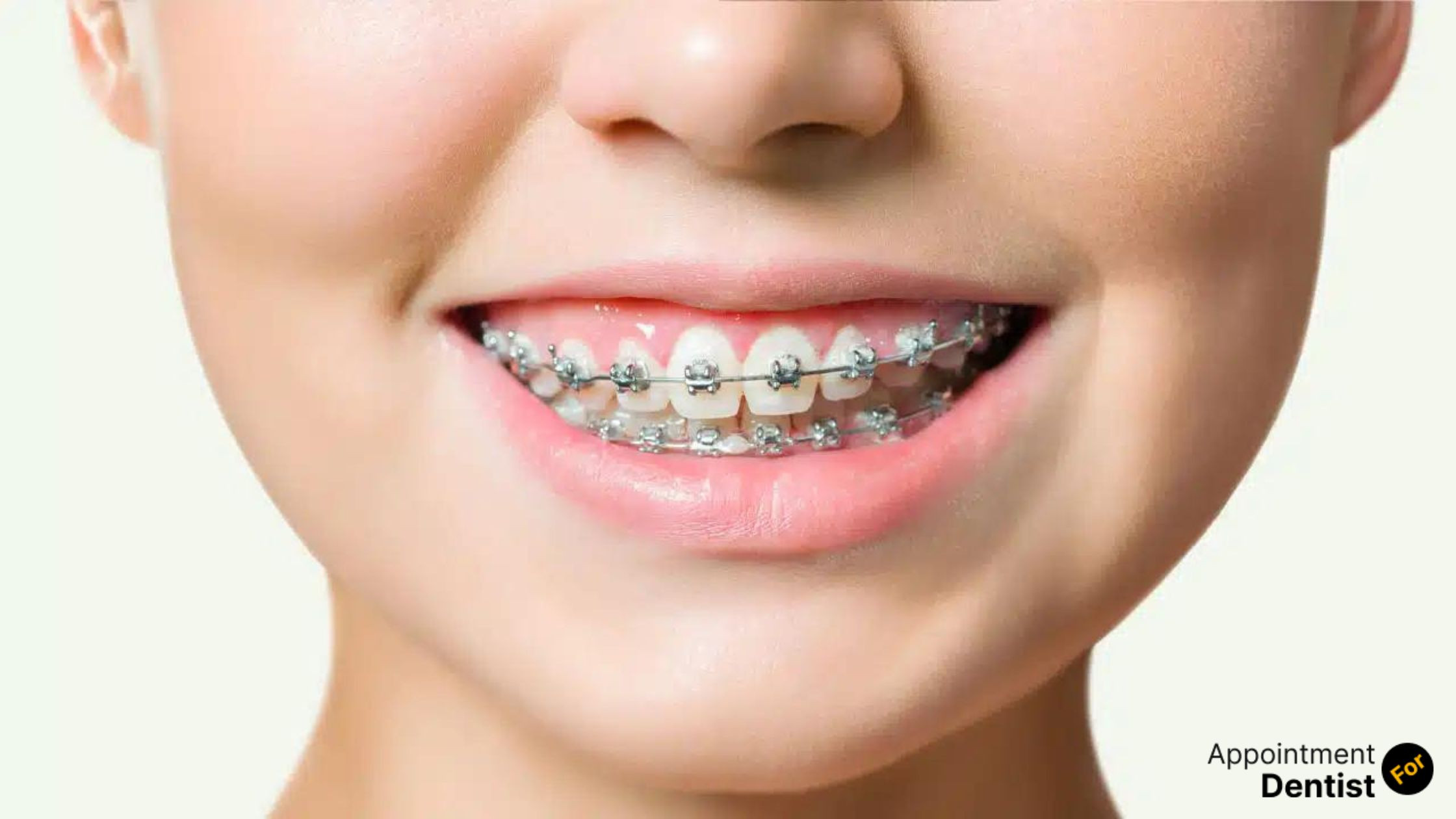The Importance of Early Orthodontic Evaluation
Posted on August 19, 2024 by Admin

The Importance of Early Orthodontic Evaluation
Probably the single most important step towards providing optimum dental health for children is an early orthodontic evaluation. It may make a tremendous amount of difference in how a child's dental development is going to proceed and in their lifelong oral health, period.
What is an Orthodontic Evaluation?
An orthodontic evaluation is a comprehensive examination carried out by an orthodontist to determine the condition of a child's teeth, jaws, and facial structure. An orthodontic evaluation is usually recommended at seven years old. This evaluation will allow orthodontists to identify potential dental problems early enough, such as a crowded out and spaced out tooth, irregularly positioned teeth, and bite problems. In catching these problems early, an orthodontist can work out a pre planned treatment course, which in most cases will simplify future treatment.
Why Early Evaluate
-
Early Detection of Dental Problems
Early orthodontic evaluation plays a major role in detecting and preventing dental problems from escalating. Many kids face the problem of crooked teeth, spacing, or bite faults that get worse with time each passing day. Early detection allows for intervention at the right time so that the need for invasive treatments later in life is avoided.
-
Best Time to Treat
The American Association of Orthodontics recommends that a child's initial consultation with an orthodontist should occur no later than age seven. Most children at this age have a combination of primary, or baby, teeth and permanent, or adult, teeth. An orthodontist can more accurately predict the development in this timeframe. This timing allows orthodontists to determine the best course of action—and when treatment may be necessary.
Must Read: 7 Mistakes to Avoid When Choosing a Dental Plan
-
Orthodontic checkups
Orthodontic checkups could also help avert some issues that would have come up in case the conditions were left untreated. For instance, crossbites or overbites can lead to uneven wearing of teeth, painful jaws, and even speech development. Early intervention will minimise those risks and will help ensure a far healthier mouth in the future.
-
Customised Treatment Plans
An early orthodontic evaluation will thus enable orthodontists to formulate the kind of treatment to be undertaken for the benefit of the child. This proactive attitude may include interceptive orthodontics, featuring appliances to control jaw growth and guide eruption of teeth. By personalising care in this manner, orthodontists achieve the best possible results while shortening the duration of treatment.
-
Better Self-Esteem
The problem of low self-esteem because of appearance may haunt children with dental defects. Early orthodontic assessments therefore would act as a way to curb such self-esteem issues; they would boost their confidence as treatment proceeds. Healthy and straight smiling can affect social interrelationship and self-image in a child.

What to Expect During an Orthodontic Evaluation
An orthodontist evaluates your child's teeth and jaws carefully during an orthodontic assessment. This could include:
- X-rays: Show the positioning of teeth and the development of the jaw.
- Photographs: Show a record of your child's present dental status.
- Impressions: Give models of your child's teeth for further study.
After the examination has taken place, the orthodontist will present the findings and recommend any treatment needed.
Conclusion
Early orthodontic evaluations cannot be stressed enough. By the age of seven, a parent should already have scheduled an evaluation to take proactive responsibility for their child's dental health and lay down an outline for a lifetime of healthy smiles. It is always important to know the key advantages of taking such a step: early identification of dental issues, customised treatment plans, and prevention of future complications. It's an investment in the overall well-being of your child and an orthodontic evaluation that could lead to a much healthier and more confident future.
Faqs
-
1. At what age should the first orthodontic evaluation take place?
The American Association of Orthodontics recommends that all children receive their first orthodontic check-up at age seven, approximately the second grade. This is done to hopefully catch any problems early on.
-
2. What does an orthodontic evaluation involve?
Typically, an orthodontic evaluation consists of your child's teeth and jaws being thoroughly examined along with x-rays, photographs, and impressions to study dental development.
-
3. Do all children require orthodontic treatment?
Not every child will need orthodontic treatment. Still, an early examination allows any potential problems to be identified so early, interceptive treatment can begin if it becomes necessary.
-
4. What are the advantages of early orthodontic treatment?
The advantages include avoiding more serious problems, reducing the length and complexity of treatment needed later, and developing a proper treatment plan that suits your child's needs.
-
5. How do I prepare my child for his or her first orthodontic evaluation?
In an easy-to-understand way, explain the process to your child. Reassure them that the orthodontist is there to help, and this is just part of the routine to take care of their teeth and body.
Recent Post
- The Importance of Oral Health Education for Children
- How to Choose the Right Orthodontic Treatment for Adults
- The Link Between Oral Health and Stroke Risk
- How to Address and Prevent Gum Recession
- Innovations in Dental Anesthesia: Pain-Free Procedures
- The Role of Saliva in Oral Health: Functions and Disorders
- Exploring Holistic Dentistry: What You Need to Know
- How Oral Health Affects Your Immune System
- The Benefits of Using Dental Probiotics
- Oral Health and Pregnancy: Myths and Facts